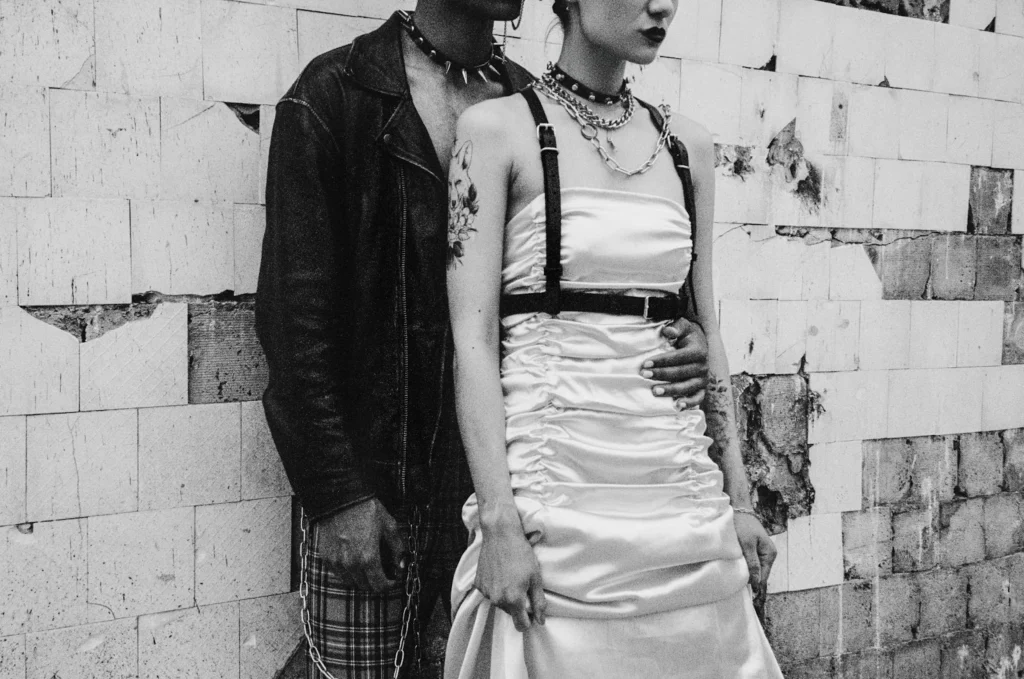Gothic culture and fashion have been a fascination for many, offering a unique blend of dark aesthetics, romanticism, and a deep connection to the macabre. Rooted in the 18th-century Gothic literary movement, this subculture has evolved over the centuries, influencing music, art, literature, and fashion. In this blog post, we will delve into the world of Gothic culture and fashion, exploring its origins, key elements, and its impact on contemporary society.
Origins
The Gothic movement began as a reaction to the Enlightenment’s emphasis on reason and science. It emerged in the mid-18th century with the publication of “The Castle of Otranto” by Horace Walpole. This novel, with its medieval setting and supernatural elements, set the stage for a new genre that celebrated the mysterious, the dark, and the macabre. The term “Gothic” was adopted due to the movement’s fascination with medieval Gothic architecture and its emotional, rather than rational, appeal.
Literature
Gothic literature is characterized by its exploration of fear, the supernatural, and the uncanny. Authors like Mary Shelley (“Frankenstein”), Bram Stoker (“Dracula”), and Edgar Allan Poe have contributed to the genre with their dark and suspenseful tales.
Music
Gothic music, particularly in the 1980s, gave rise to bands like Bauhaus and Siouxsie and the Banshees, which incorporated dark themes and a melancholic tone into their music. The genre has since diversified, with subgenres like darkwave, ethereal, and gothic metal offering a variety of soundscapes that resonate with the Gothic ethos.
Art
Gothic art often features dark, moody, and intricately detailed imagery. It can be found in everything from paintings and sculptures to tattoos and body modifications, reflecting a fascination with the beauty in the darker aspects of life.
Fashion
Gothic fashion is a visual expression of the subculture, often incorporating elements of Victorian and medieval styles. Key features include dark colors, lace, corsets, and a general air of mystery and elegance, often enhanced by unique accessories like skull bone jewelry.
Gothic Fashion: A Style Unbound
Gothic fashion is not just about clothing; it’s a statement that embraces individuality and non-conformity. Here are some hallmarks of Gothic fashion:
Clothing
- Dark Colors: Black is the staple, but deep reds, purples, and greens are also common.
- Victorian Influence: High collars, lace, and detailed embroidery are reminiscent of Victorian-era clothing.
- Medieval Elements: Capes, cloaks, and tunics evoke a medieval aesthetic.
- Accessories: Crosses, ankhs, and other symbolic jewelry are popular, as are dark makeup and nail polish.
Hair and Makeup
- Hair: Long, straight hair is typical, often dyed black or deep shades of purple or blue.
- Makeup: Heavy eyeliner, pale foundation, and dark lipstick are signature looks.
Footwear
- Boots and Shoes: Platforms, combat boots, and Victorian-style shoes with buckles or brocade are common.
Gothic culture and fashion have had a significant impact on mainstream society. From the influence on fashion designers who incorporate Gothic elements into their collections to the way it has shaped the aesthetics of video games, movies, and television shows, the Gothic subculture has left an indelible mark.







